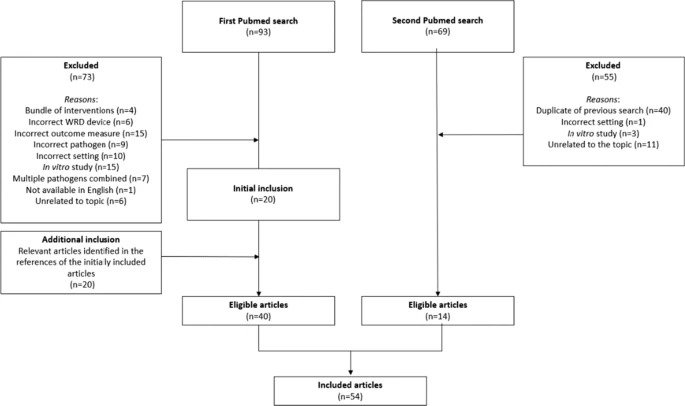van der Starre, et al. (2022) remind us that terminal cleaning and disinfection of hospital patient rooms must be performed after discharge of a patient with a multidrug-resistant microorganism to eliminate pathogens from the environment. Terminal disinfection is often performed manually, which is prone to human errors and therefore poses an increased infection risk for the next patients. Automated whole room disinfection (WRD) replaces or adds on to the manual process of disinfection and can contribute to the quality of terminal disinfection. While the in vitro efficacy of WRD devices has been extensively investigated and reviewed, little is known about the in situ efficacy in a real-life hospital setting. In this review, the researchers summarize available literature on the in situ efficacy of WRD devices in a hospital setting and compare findings to the in vitro efficacy of WRD devices. They also offer practical recommendations for the implementation of WRD devices.
The in situ efficacy was summarized for four commonly used types of WRD devices: aerosolized hydrogen peroxide, H2O2 vapour, ultraviolet C and pulsed xenon ultraviolet. The in situ efficacy was based on environmental and clinical outcome measures. A systematic literature search was performed in PubMed in September 2021 to identify available literature. For each disinfection system, we summarized the available devices, practical information, in vitro efficacy and in situ efficacy.
In total, 54 articles were included. Articles reporting environmental outcomes of WRD devices had large variation in methodology, reported outcome measures, preparation of the patient room prior to environmental sampling, the location of sampling within the room and the moment of sampling. For the clinical outcome measures, all included articles reported the infection rate. Overall, these studies consistently showed that automated disinfection using any of the four types of WRD is effective in reducing environmental and clinical outcomes.
The researchers say that despite the large variation in the included studies, the four automated WRD systems are effective in reducing the amount of pathogens present in a hospital environment, which was also in line with conclusions from in vitro studies. Therefore, the assessment of what WRD device would be most suitable in a specific healthcare setting mostly depends on practical considerations.
Reference: van der Starre CM, et al. The in situ efficacy of whole room disinfection devices: a literature review with practical recommendations for implementation. Antimicrobial Resistance & Infection Control. Volume 11, article number 149 (2022)
